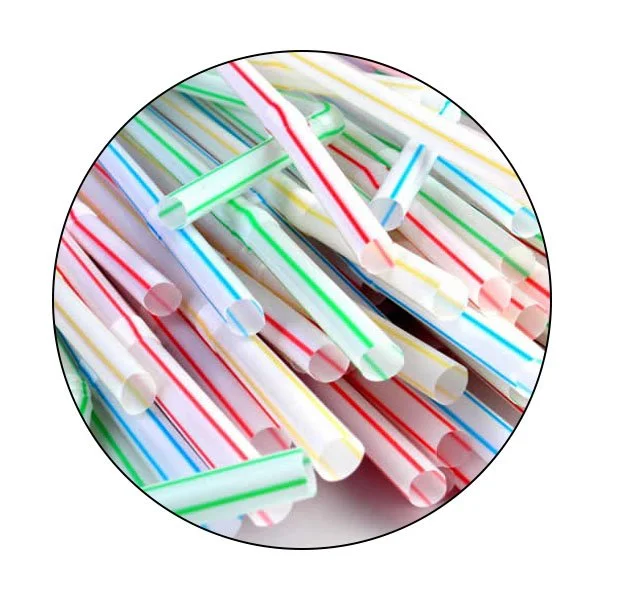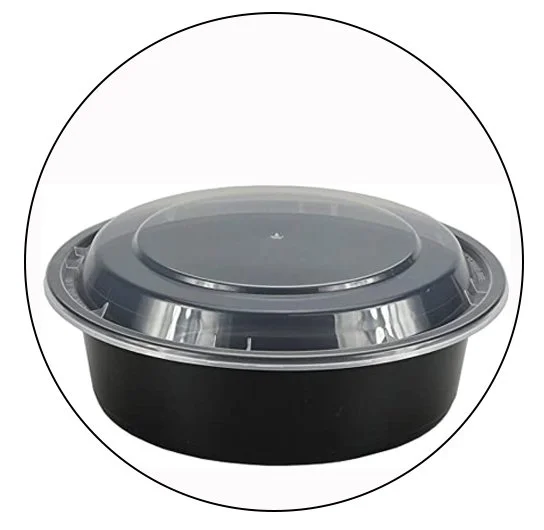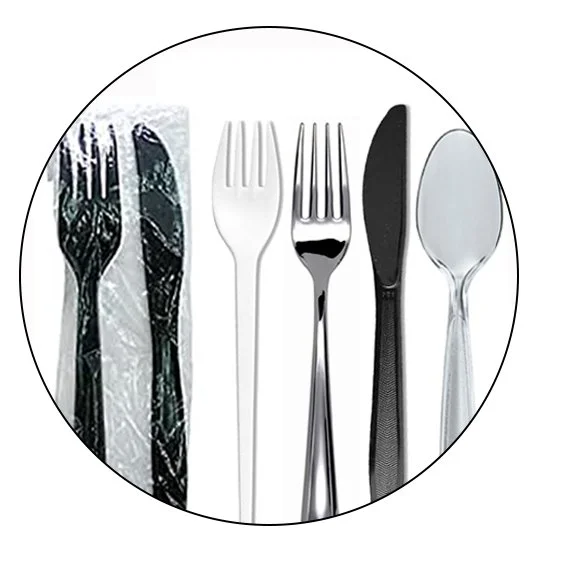Brightmark - Partner Feature
Ever wonder where we are sending all of these plastics?
If you read our blog entry “Recycling Partners: Where Does it All Go?” a while back you probably saw that many of our plastics make their way to Brightmark. As one of the main locations we send recyclables to, we wanted to provide more detail on who Brightmark is and what’s happening to all these plastics.
What do we send to Brightmark?
Before we get into the recycling process, it’s important to understand the kinds of plastics Brightmark accepts. We currently send rigid plastics #2, #4, #5, #6, and #7. They also recycle our co-mingled no-number plastics, used utensils, straws, flexible film, food grade styrofoam, and flexible film. That’s a lot of plastics! We send all of these items to Brightmark’s circularity center in Ashley, Indiana. The facility is designed to accept 200 million pounds of plastic waste annually. They do accept all types of plastics, but focus on the kinds that are hard to recycle by other means. Because we pre-sort our plastics, we receive payment that primarily covers the cost of shipping the baled material.
How is it Recycled?
Brightmark uses pyrolysis to break plastics down into a usable building block for new items that require plastic. Pyrolysis is a method of heating plastic, shredded into pellets, in an anaerobic (no oxygen) environment. This produces liquid product that can be used for new plastics, as well as natural gas that is used as fuel. This process produces 39%-139% fewer greenhouse gas emissions than the production of plastics from virgin materials, and results in 82% energy savings, and 46% water use savings, according to the life cycle analysis completed in 2021.
It’s important to keep in mind that reducing the overall use of plastic will almost always be the most sustainable and environmentally friendly option - producing plastic, even from recycling materials, will result in emissions and other environmental impacts. But pyrolysis and other methods of recycling and reuse are a more sustainable option for producing those plastics that are necessary. Sam Mesquita with Brightmark wants to remind people that “recycling does work and has significant benefits for the environment. Recycling technology is continuously advancing and providing solutions to address plastic waste. What’s possible today is drastically different than years previous—change is possible. Small actions matter. No matter how small they seem, every step towards being more sustainable makes a significant difference.”
If you want to learn more about Brightmark and their recycling process, feel free to visit their website. They have a short video that does a great job of explaining the process as well!
What recycling partner would you like to see us feature next?



